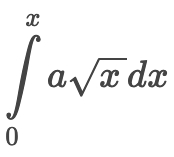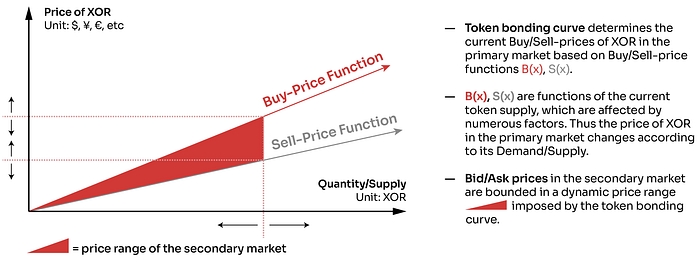TApp and CML Tokens
The Bonding curve tokens shows on _1_TAppStore_2_Investments are all of the TApps and CMLs on the platform. You will see the TApp Name and the Ticker symbol for the TApp. There are four other columns showing the price and supply of any particular token:

Total supply
Total number of tokens currently circulating for the TApp.
Every TApp has an initial supply once the TApp starts on the platform. How come the supply keeps going up? And why does it sometimes go down?
Many actions can influence the supply of a TApp's token supply:
Anyone using the TApp executes a consume action that buys and mints tokens on the bonding curve. A portion of the funds goes to the developer while the amount used to fund the reserve, those tokens get distributed to existing token holders.
Anyone directly buying tokens on the bonding curve increases the token supply.
Anyone selling their tokens to the bonding curve causes that amount of tokens to be removed from the supply. The money comes directly from the reserve that funds the bonding curve.
Buy price
Price at which you can buy the token from the bonding curve.
How is the price related to the token supply? Starting in epoch 3, we use the basic bonding curve of

where y is the price and x is the supply. The constant a is 1 for the buying curve, 0.7 for the selling curve. The integral

is used to calculate the TEA amount for the funding pool and the reserve pool.
Sell price
Price at which you can sell the token into the bonding curve.
The bonding curve doesn't need another party to buy when I want to sell my token. What exact mechanism is sending me TEA when I sell the TApp token?
Unlike traditional order book marketplaces, you don’t need a buyer when you sell your investment token. You’re actually selling it to the bonding curve. The selling price is based on the predefined rule that the selling curve is 70% of the buying curve. If you buy a token and sell it immediately you’ll lose 30%. The 30% goes to the TApps owners’ funding pool.

Market cap
The current sell price multiplied by the number of tokens outstanding.
The market cap for a bonding curve is calculated as tokens outstanding x sell price of token. This result gives you the exact amount of funds in total that are in the reserve of the bonding curve.
Last updated